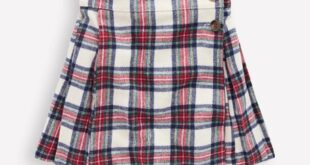However, Royal Mail has warned that many fake stamps can still be deceptive and may not have any of these features – here is what to look out for
Image: Image courtesy of The Postal Museum)
Royal Mail has issued advice for anyone who is concerned they may have purchased a counterfeit stamp.
The postal service has revealed some tell-tale signs that could indicate if a stamp is fake – including an unusually shiny surface, peculiar colouration or inaccurate perforations, reports the BBC. However, it adds that many fake stamps can still be deceptive and may not have any of these features.
Royal Mail is in the process of building a new scanner, which will allow customers to determine if a stamp is genuine. This will be available through the Royal Mail app once it is ready to use. If you’re concerned you have a counterfeit stamp, Royal Mail is advising people to fill out an online form on its website or to call its customer service team on 03457 740 740.
It comes after Royal Mail announced it is temporarily waiving the £5 fine members of the public have been receiving for so-called counterfeit stamps. This will remain in place until its new scanner is up and running. Yellow stickers will still be applied to letters to advise the recipient that the stamp used has scanned as counterfeit.
It will also bring in a new independent expert separate to Royal Mail to verify whether a stamp is genuine. Royal Mail has received growing complaints from people who say their post has been slapped with the £5 fine despite purchasing their stamp from a reputable source.
The BBC previously reported that that “fake” stamps circulating in the UK are originating from China, with some also being sold on online marketplaces. Separately, an investigation by the The Telegraph found four Chinese companies were printing counterfeit stamps for as little as 4pm each before being sent to the UK.
Royal Mail chief commercial officer Nick Landon said: “The combination of new barcoded stamps with added security features and Royal Mail actively working with retailers, online marketplaces and law enforcement authorities, has led to a 90% reduction in counterfeit stamps.
“We want our customers to buy stamps with confidence and always recommend that customers only purchase stamps from post offices and other reputable high street retailers, and not to buy stamps online – unless from the official Royal Mail shop.”



